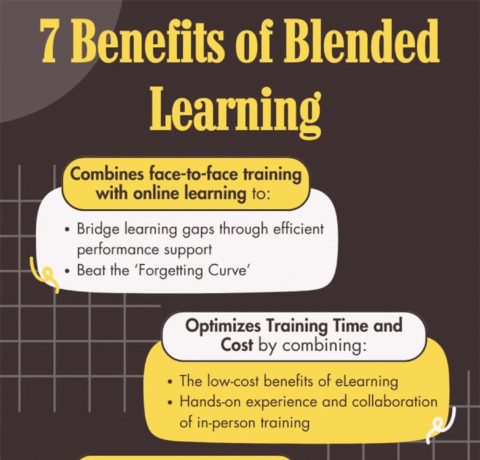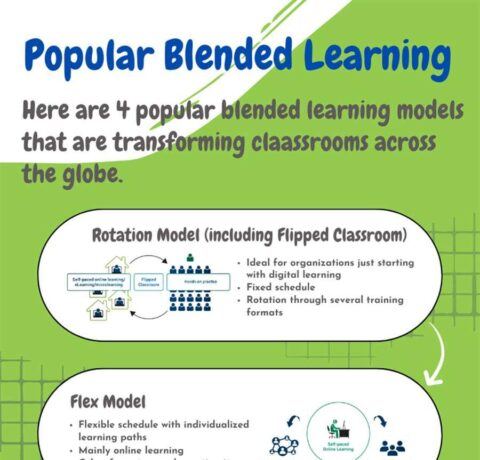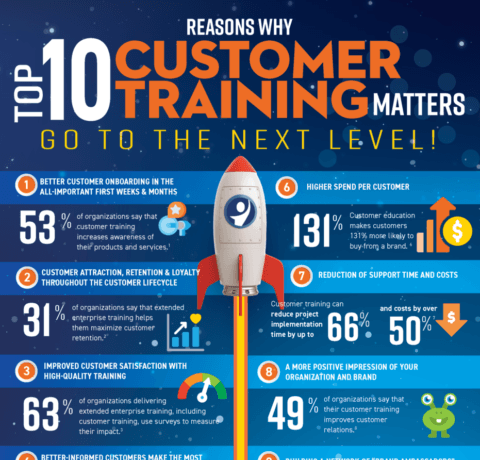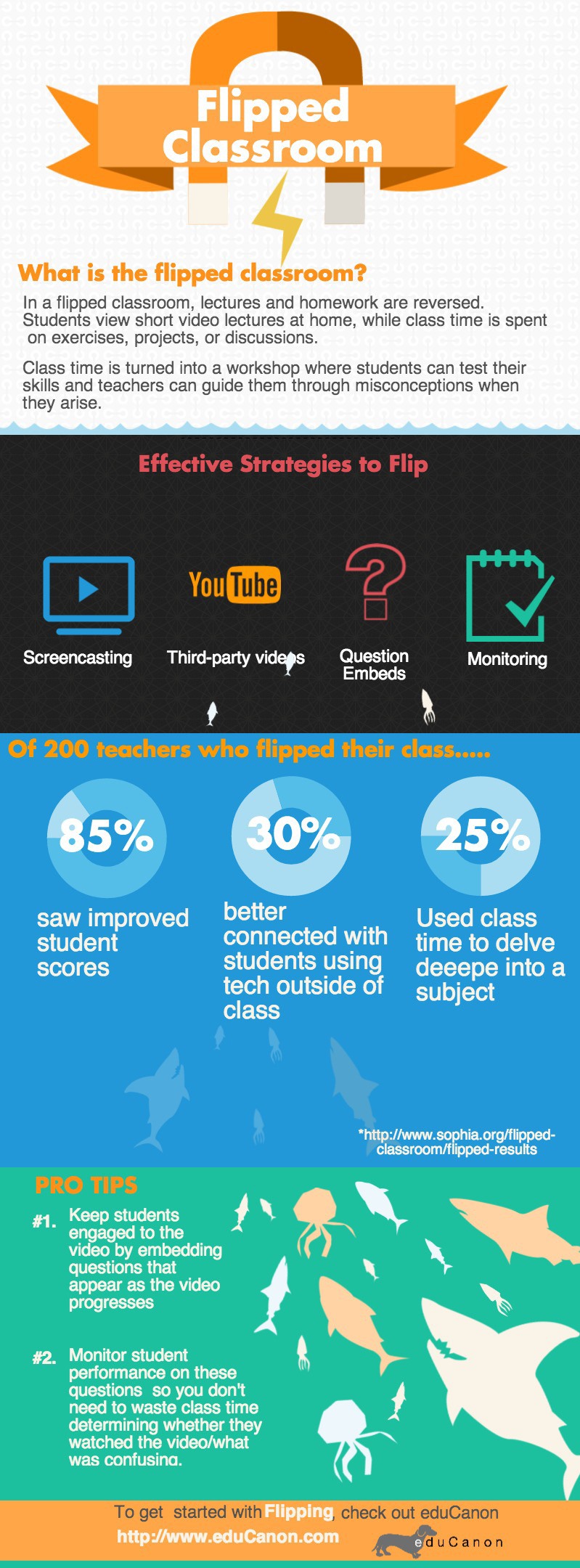In the traditional classroom model, teachers first explain each topic, and then assign homework. In the flipped classroom model, students first view the topics outside of class, and then use class time for inquiry-based learning, which in some ways resembles traditional homework assignments.
A flipped or reversed classroom uses educational technologies to leverage valuable classroom time. Once students have covered material traditionally covered in lectures outside of the classroom, teachers can focus on learning-based activities in the classroom, and also deliver more one-on-one, customized assistance. The Effective Strategies to Flip the Classroom Infographic defines the flipped classroom and presents effective ways educators can flip their educational settings.
You can also use the Teacher's Guide to Flipped Classroom to find out what a flipped classroom is, how does a flipped classroom contribute to student learning, which are the pros and cons of a flipped classroom, and last but not least, how to successfully flip your classroom.







You can adjust your cookie preferences here.